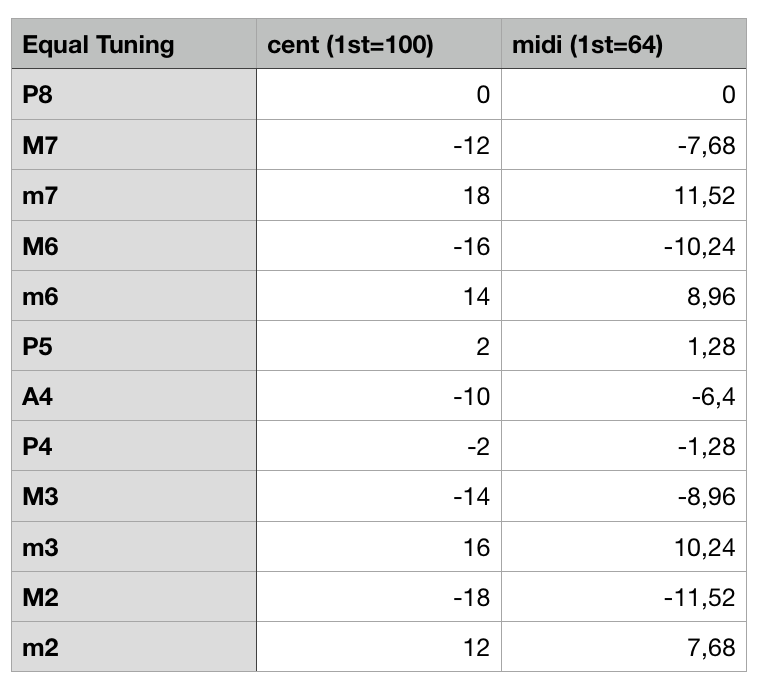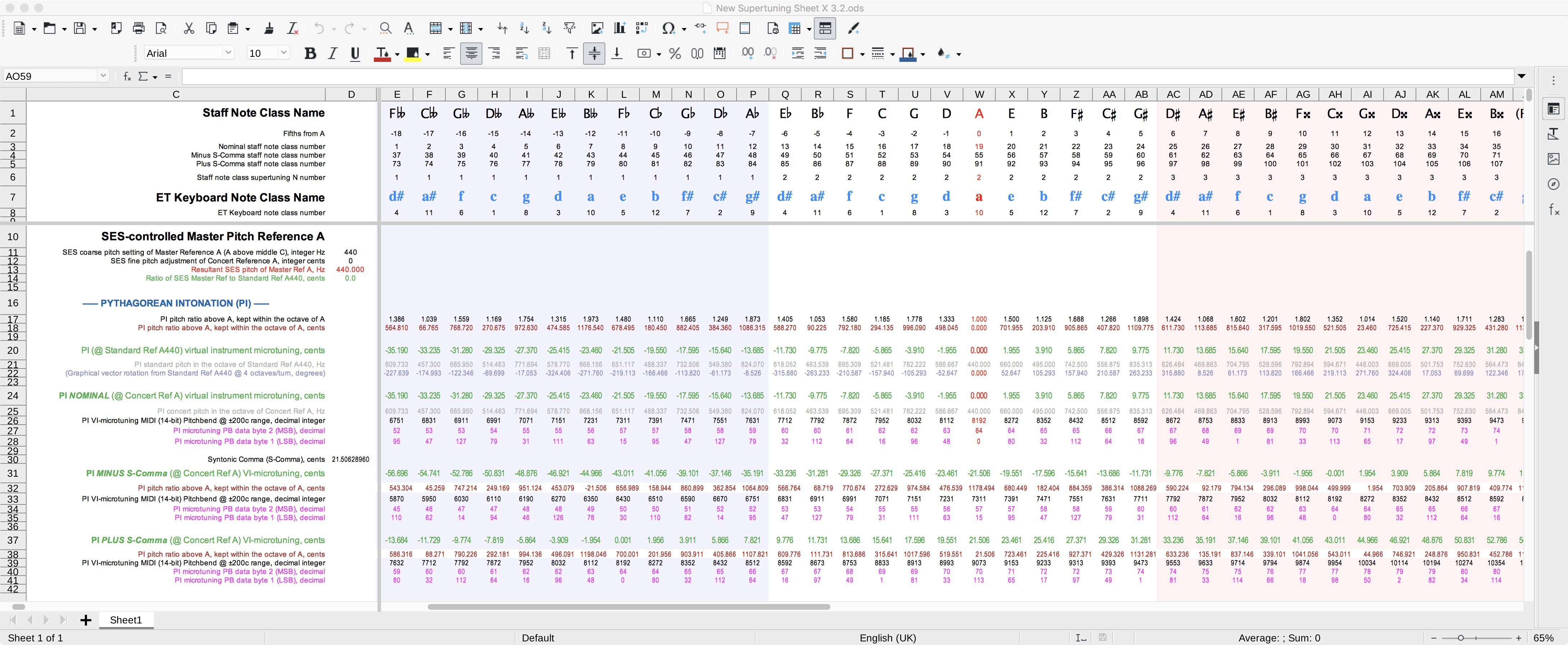Macker, absolutely fantastic information! Thank you for being so generous in wanting to share it!
This type of knowledge is usually only transmitted between musicians at workshops or classes. There is very little literature available. Not even easy to find. I could find some fundamental books on Renaissance or Baroque music, for example, only because some friends specialized in this kind of music pointed me toward them.
It would be great if some university press supported your effort to create a systematic publication on the issue of the practice of instrument tuning. It would deserve it, as a sorely missing reference book.
As a workaround with the available tools, I think working on the pitch bend could be another refinement to a score, like the ones we do with attack, release, legato speed. I'm also thinking to some techniques, in Dorico, adding or removing an approximate 21c from a note. If MIDI128 = 2 semitones, MIDI64 = 100c, and 21c = approx. ±12. It could be enough to go near the behavior of a real player.
Paolo


